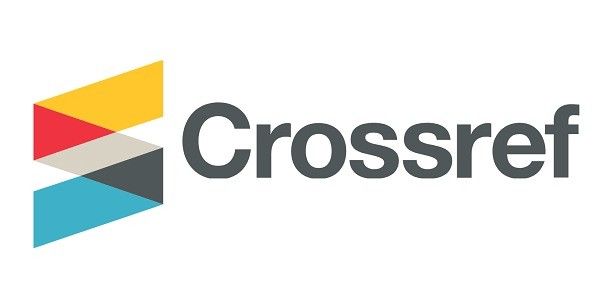Abstract
This architectural historical study aims to interrogate rituals of contemporary inhabitation in the United Kingdom by tracing the rise of the self storage facility. While the proliferation of domestic self storage in the UK is derived from a web of correlations, this research considers self storage as a lens through which the subjective experience of inhabiting the neoliberal city, may be understood. Drawing from archaeological methods to conduct a material study of the contents of abandoned storage units, this study engages specifically with self storage as a long-term solution to domestic storage inadequacies. The material and theoretical engagements of this research raise three interpretations of the architecture of self storage and the material contents kept within, as situated in relation to domestic interiority. Pertaining respectively to excessive accumulation, intergenerational transference and emotional deferral; this research seeks to understand the span of motivations behind the depositing of domestic contents to self storage, thus exploring the psychic relationships inhabitants construct in response to this extended spatiality of the home’s contents. Articulating a meeting point between the economic and the existential, this research presents modern forms of self storage as a deeply metaphorical spatial phenomenon which is able to produce a reading of contemporary patterns in an urban and suburban dwelling.
Publication Date
1-30-2019
References
Buchli, V., & Lucas, G. (2001). Archaeologies of the contemporary past. Oxford: Routledge.
Benjamin, W. (2002). Paris, the capital of the nineteenth century (H. Eiland, Trans.). In Eiland, H., & Jennings, M. W. (Eds.), Selected writings vol. 3, (pp. 32-49) Cambridge, Mass. and London: Harvard University Press.
FEDESSA (2017). European Self Storage Annual Survey, 2017. Brussels: FEDESSA and JLL.
Hendon, J. A. (2000). Having and holding: Storage, memory, knowledge, and social relations. American Anthropologist 102(1), 42-53. https://doi.org/10.1525/aa.2000.102.1.42
Heynen, H. (2009). “Leaving traces”: Anonymity in the modernist house’. In P. Sparke, A. Massey, T. Keeble, & B. Martin (Eds.). Designing the modern interior (pp. 199-129). Oxford: Berg.
Rice, C. (2004). Rethinking histories of the interior. The Journal of Architecture, 9, 275-287. https://doi.org/10.1080/13602360412331296107.
Self Storage Association UK (2018). Annual Industry Report, 2018. Cheshire: Self Storage Association UK and Cushman & Wakefield.
Simmel, G. (1971). Exchange. In Levine, D. N. (Ed.). On individuality and social forms (pp. 43-69). Chicago and London: University of Chicago Press.
Urban Locker (2018). Urban Locker storage size estimator. Retrieved from https://urbanlocker.co.uk/storage-size-estimator/
van den Heuvel, D., & Risselada, M. (2004). Put-away House. In D. van den Heuvel, & M. Risselada (Eds.). Alison and Peter Smithson: From the house of the future to a house of today (pp. 176-179). Rotterdam: 010 Publishers.
Weiner, A. B. (1985). Inalienable wealth, American Ethnologist, 12(2), 210-227. https://doi.org/10.1525/ae.1985.12.2.02a00020
Submitted Date
2018-11-30
Accepted Date
2019-01-12
First Page
5
Last Page
23
Recommended Citation
Filippides, E. (2019). Self Storage: A Contemporary Archaeology of Domestic Interiority. Interiority, 2 (1), 5-23. https://doi.org/10.7454/in.v2i1.50
Creative Commons License

This work is licensed under a Creative Commons Attribution-NonCommercial 4.0 International License
Author(s) retain the copyright of articles published in this journal, with first publication rights granted to Interiority.







